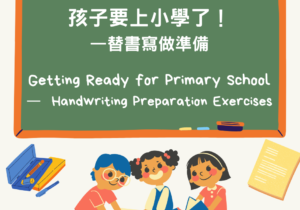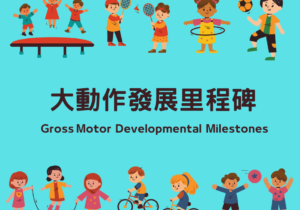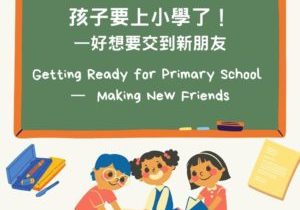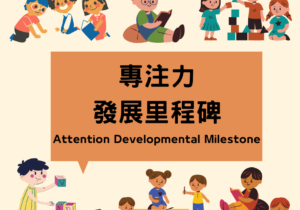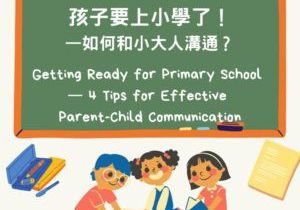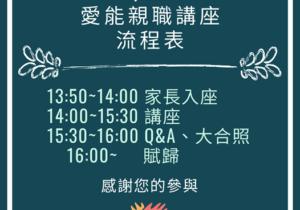
Attention is how we selectively concentrate on information in the environment and respond. 🤓
When children’s attention are compromised, their learning performance and participation in social activities will likely be affected too.
Today, IM OT Clinic will be sharing the development of attention in children, as well as tips and activity ideas to help your little ones improve their concentration.
🔷 0-1 Years: Fleeting attention
- Very easily distracted
- Attention is easily drawn to all kinds of sensory stimulation in the environment. E.g. Different sounds and noises, changing lights
Tips:
⭐️ Enhance your little one’s attention by find something or an activity that your child is really interested in, and incorporate it into your interaction them. E.g. If your child is curious about sounds, use different tones to talk to him or incorporate various nursery rhymes during your interaction.
🔷 1-2 Years: Rigid Attention
- Able to focus on a concrete task of the child’s own choice.
- Attention is still mostly caught by stimuli, unable to voluntarily control what to concentrate on.
- Only able to focus on one thing at at time. E.g. Might ignore adult’s call or visual cue when they are concentrating on playing blocks.
Tips:
⭐️ Allow your child finish what they were doing before asking them to shift their attention to you.
⭐️ Use physical cues (e.g. gentle pat on the shoulder) if you need to get their attention.
🔷 2-3 Years: Single Channelled Attention
- Still only able to focus on one activity at a time, however, children are able to shift full attention to adult with adult’s assistance.
- Able to carry out simple instructions if full attention was on adults.
Tips:
⭐️ Make sure you have your child’s attention/eye contact before asking them a question or giving an instruction.
⭐️ Give short and simple instructions.
⭐️ Provide opportunities for kids to practice actively paying attention to the environment and responding accordingly. Some examples include: games like Simon Says and Musical Chairs, or using short instructions to encourage your child to complete certain everyday tasks.
🔷 3-4 Years: Focused Attention
- Children start to control their own focus, and are less easily distracted by environment.
- Still only able to focus on one activity at a time, but is now able to shift their attention between different things and refocus. E.g. Child may stop what they are playing when adult speaks, give their full attention to the adult, and then shift attention back to continue with their game.
Tips:
⭐️ Help kids learn about “basic rules” in different social context. E.g. Look at people when talking to them; Wait for your turn when others are talking; When teacher says “eyes on me!”, it’s meant to remind students to pay attention to what he/she is doing.
⭐️ Use visual cues like pictures or gestures along with your instructions to help kids notice, understand, and sustain attention better in different context.
⭐️ Use short and simple words/phrases when giving instructions, and make sure you give your little ones enough time to process it and respond.
⭐️ Gradually extend the time kids have to focus in each activity.
🔷 4-5 Years: Two Channelled Attention
- Children can respond to other stimulus in the environment without stopping what they are doing. E.g. Child is able to reply his dad what he wants for lunch while still playing blocks.
- Able to focus on a single aspect of a complex situation.
Tips:
⭐️ Continue to work with your kids on social etiquettes like staying in chair during circle time, looking at the person you’re talking to, and not interrupting when others are talking.
⭐️ More abstract symbols or gestures can be used when giving visual cues to kids this age.
⭐️ Since children’s ability to multitask is not fully developed yet, it is important to check-back with your little ones or shorten your instructions to ensure full registration of information if they are doing something else while listening to your instructions.
🔷 5-6 Years: Integrated Attention
- Two-channelled attention is near fully developed by now, and children are able to use it in different context and with different people.
- Able to sustain attention for longer period of time in various activities.
- Able to identify and focus on the important aspects of activity, and ignore unrelated information.
Tips:
⭐️ Make sure you give your little ones enough time to process information before asking for a response.
⭐️ Break longer/more complex instructions down into multiple short steps.
⭐️ Encourage your kids to ask for clarification if they didn’t fully understand what they heard.


